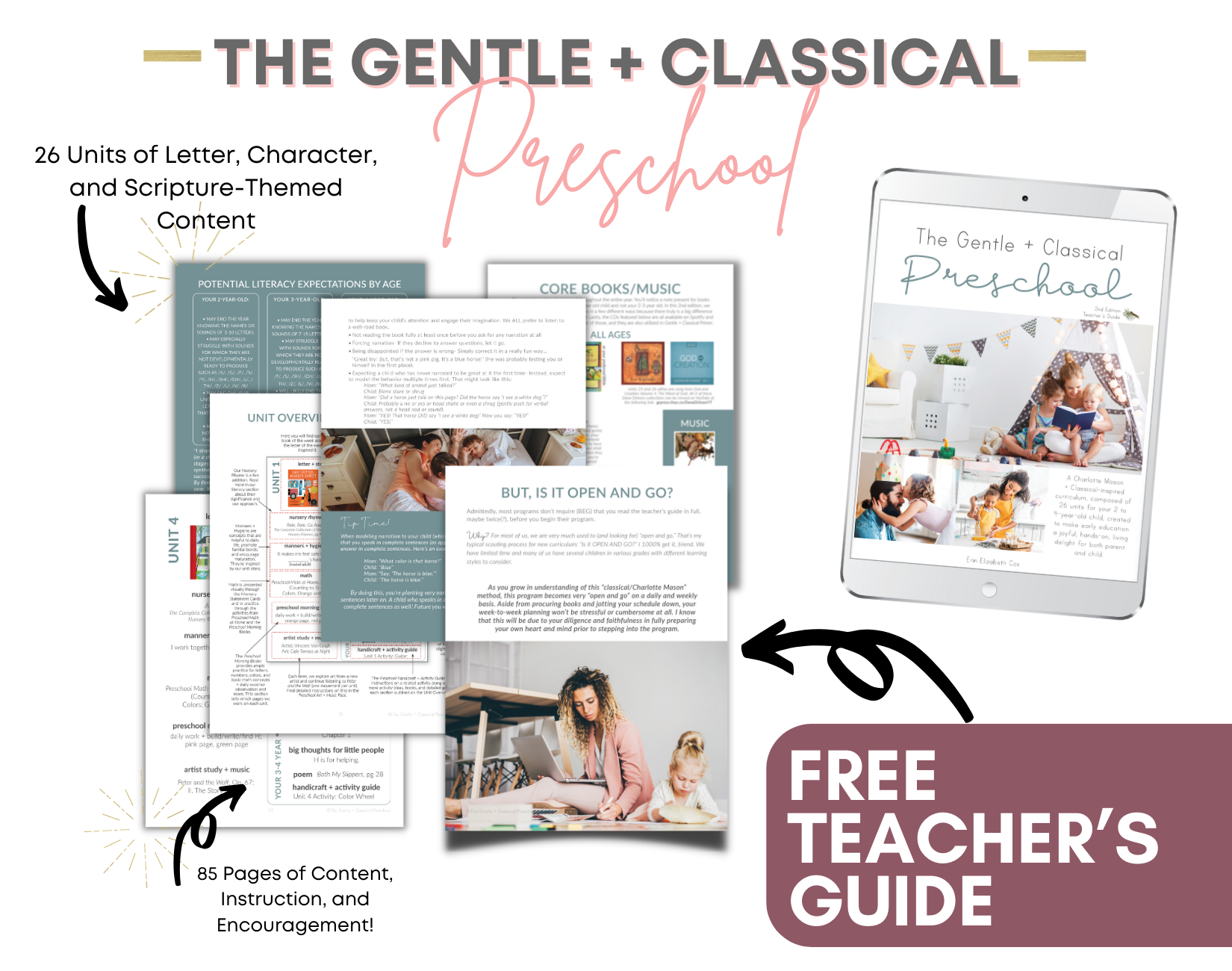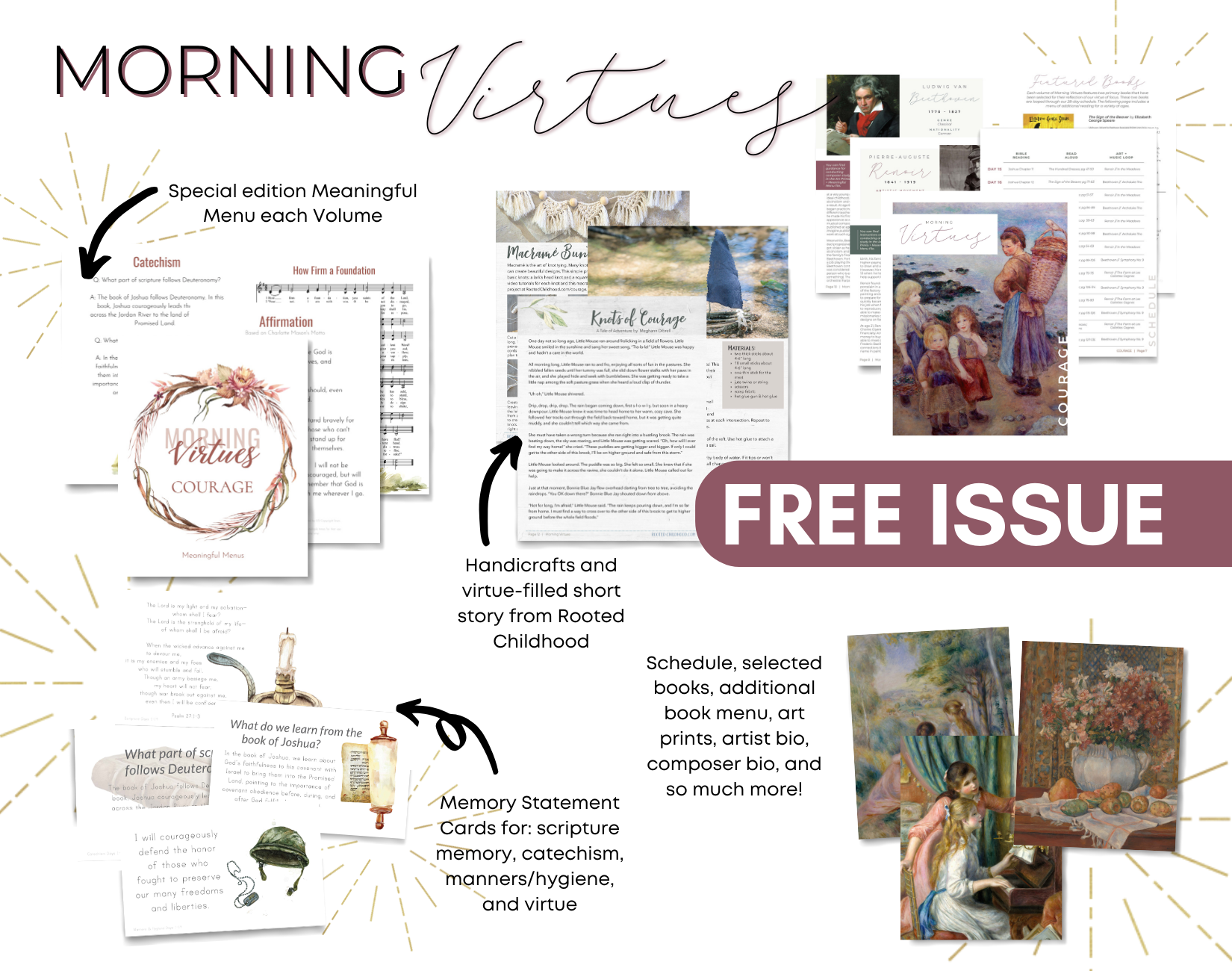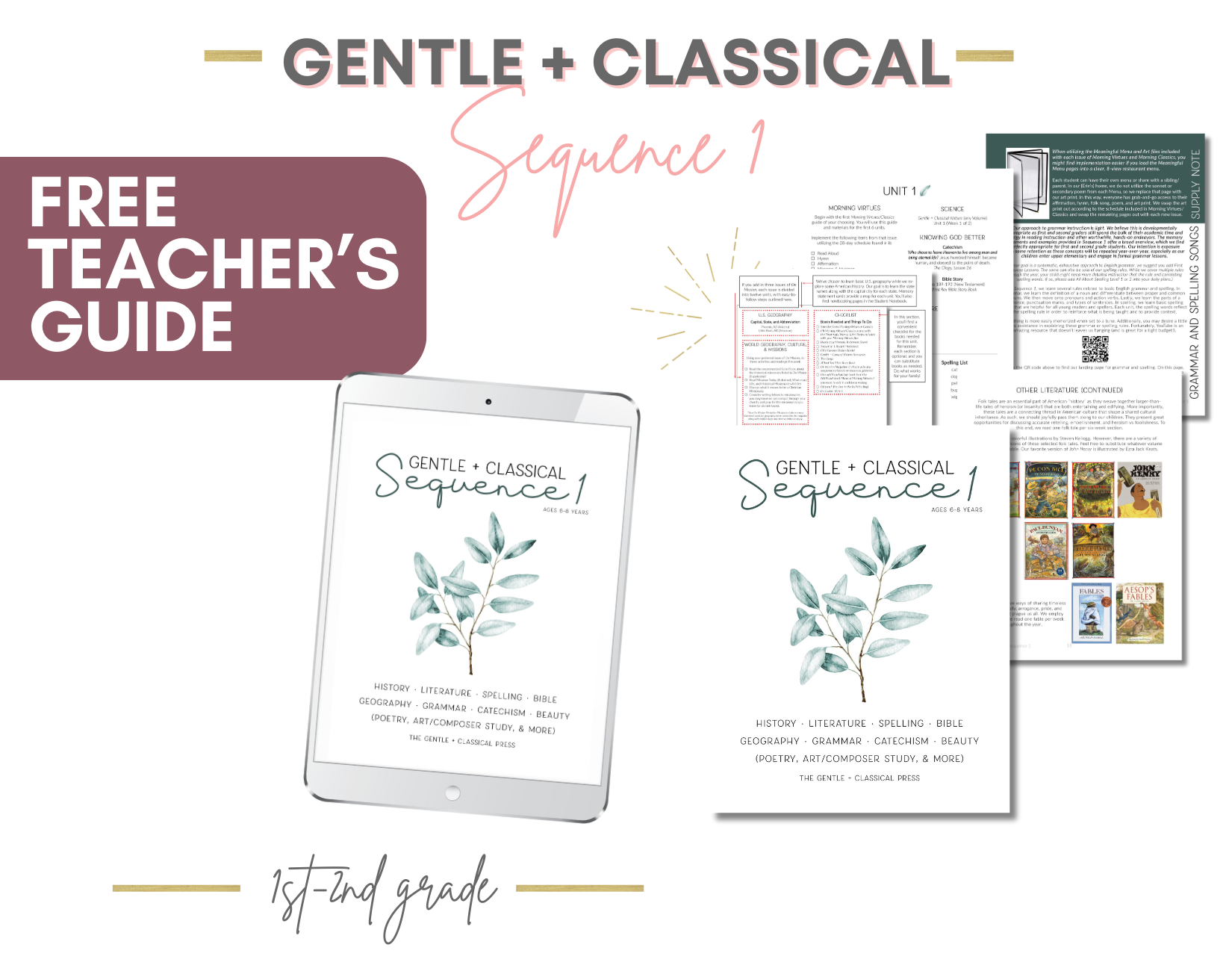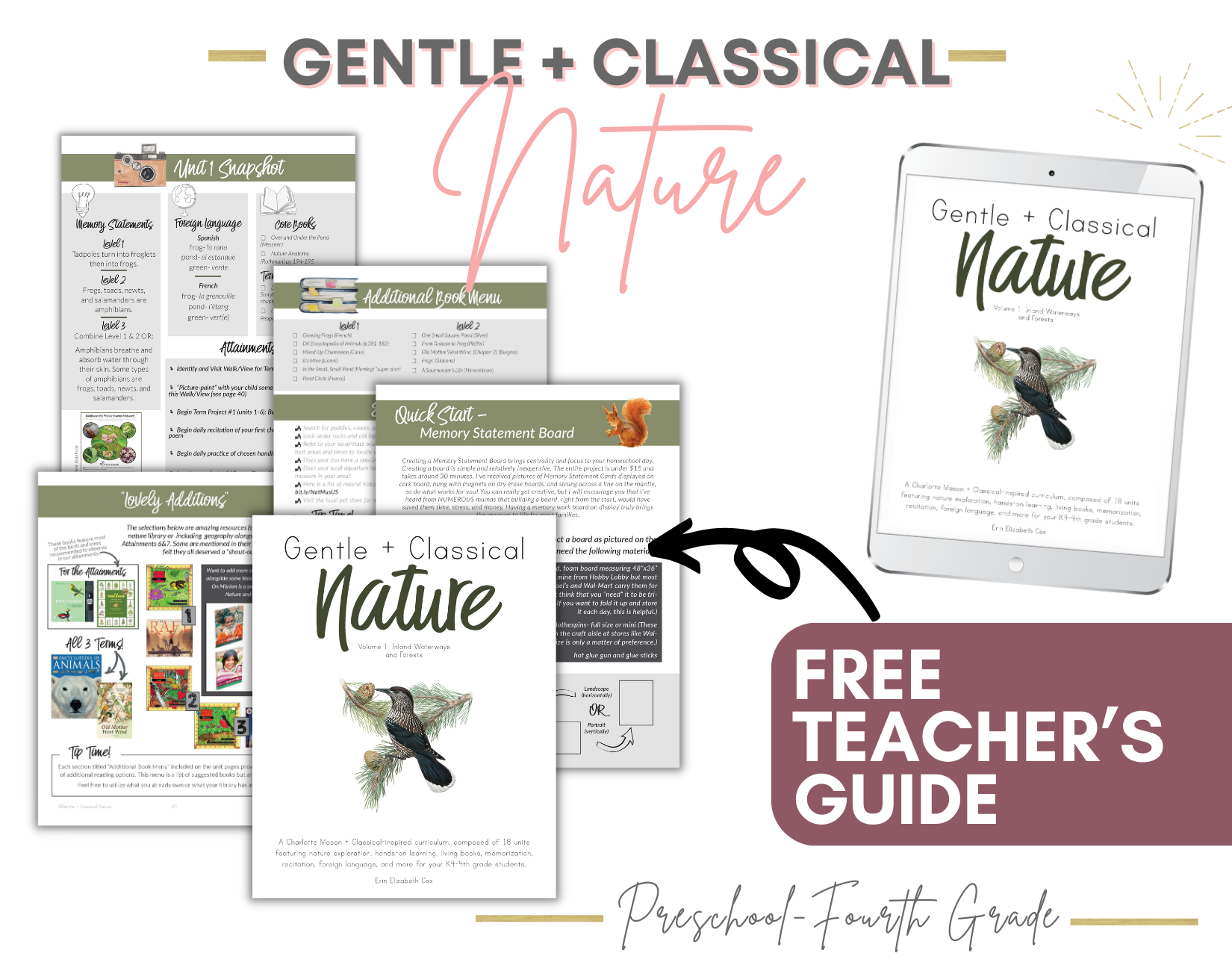Three Ways to Do Morning Time
/One of the most common questions I get asked is this:
“How do you actually use morning menus?”
Closely followed by:
“How do you do morning time in your family?”
And honestly? The answer shifts depending on the season we’re in.
Morning time at our house isn’t a fixed ritual. It bends with our energy levels, what we’re eating for breakfast (let’s be honest), the curriculum we’re using, and even the needs of each child. But no matter how it flexes, morning time has always remained a grounding rhythm—a gentle way to start our day with beauty, Truth, and togetherness.
This past year, I tried starting the day without our beloved menus while we used On Mission Around the World—and it just didn’t feel right. I paused, created menus specifically for the On Mission issues, and brought them back into our mornings. Because sometimes, we just need the rhythm of something familiar, even in the midst of change.
So today, I want to show you three different ways you can use morning menus in your homeschool—whether your days are slow and cozy or feel more like a wrestling match in a house full of boys.
1. The Classic Morning Time Couch Pile
When we’re in a strong routine, this is our favorite version of morning time. It’s rich, calm, and includes most of the subjects I want to hit before the day gets noisy.
Here’s how it might look in our home:
Light a candle (yes, I really do!)
Read the Scripture memory verse aloud together
Sing the hymn of the month
Recite the affirmation and talk about what it means
Enjoy a poetry reading and sing the folk song
Chat about the art piece or listen to the composer while the kids color
Pray together
Then transition into our Bible or literature reading for the day
This whole flow typically takes about 15–25 minutes, depending on the reading load. It doesn’t feel rushed or forced. It feels like we’ve set the tone—and that peace and beauty can flow from there.
If you want to see exactly what this looks like in real life, we recorded a morning time session while using Morning Virtues and Sequence 1. You can watch that here for a real glimpse into how we use our menu in daily life.
2. The Busy Season Menu
Not every season is well-paced or idyllic. Sometimes, morning time is less “classical vibes” and more “controlled chaos.”
When that’s the case, we still make space for Truth, Goodness, and Beauty—but in a way that meets us where we are. That might mean pulling out Meaningful Menus, Meaningful Seasons, or On Mission Menus instead of using Morning Virtues as our core.
Here’s what a simplified version might look like:
Sing the hymn from the menu
Read the Scripture aloud
Share a short poem
End with the folk song
That’s it. No artist or composer study, no formal read-aloud during that time. If we’re reading together later in the day, doing audiobooks in the car, or focusing on science and history with other curricula, we don’t double up.
And yet—even this light version of morning time brings grounding and joy. A few minutes of shared attention and beauty in the morning can shift the whole feel of your day. Especially when the rest of it sounds more like MMA training than the peaceful Charlotte Mason-inspired dream you had when you started homeschooling.
(Just me?)
3. A Loop or Bedtime Rhythm
Don’t let the phrase “morning menu” box you in. You can use these resources at any time of day—and still reap the benefits.
Some families loop through the subjects over the course of a week instead of trying to fit everything into one morning. Others use portions of their morning menu as a bedtime rhythm.
Here’s an example of a simple loop-style plan:
Monday: Literature + hymn
Tuesday: Literature + poem
Wednesday: Literature + folk song
Thursday: Scripture + prayer
Friday: Composer or artist study (brief and beautiful)
This format allows you to touch each area of richness without pressure or guilt. It also gives you permission to go slow and go deep. You don’t have to rush through Truth and Beauty for it to count. This style is especially helpful for those easing into Morning Virtues or Morning Classics for the first time.
Bonus: A Free Guide to Help You Start
If planning this kind of rhythm feels overwhelming—or if you’re homeschooling multiple ages and wondering how to make it work—we’ve created something just for you.
Our FREE Morning Virtues Teacher’s Guide includes:
Sample schedules
Flexible planning grids
Practical tips for how to adapt morning time to your family’s needs
Whether you want to plan a robust morning menu or just begin with a hymn and a verse at breakfast, this guide can help you make it feel doable.
Download the Free Morning Virtues Teacher Guide:
Build a Morning Time That Fits You
Your homeschool doesn’t have to look like anyone else’s. And neither does your morning menu.
Whether you’re singing a hymn while flipping pancakes, reciting Scripture in the carpool line, or sitting cross-legged on the living room rug with a menu in hand, you’re doing meaningful, sacred work. These moments are seeds. They don’t need to be big or flashy to bear fruit.
So take a deep breath, find a rhythm that works in this season, and remember this:
It’s not about perfection. It’s about presence.























